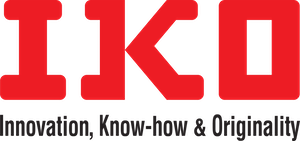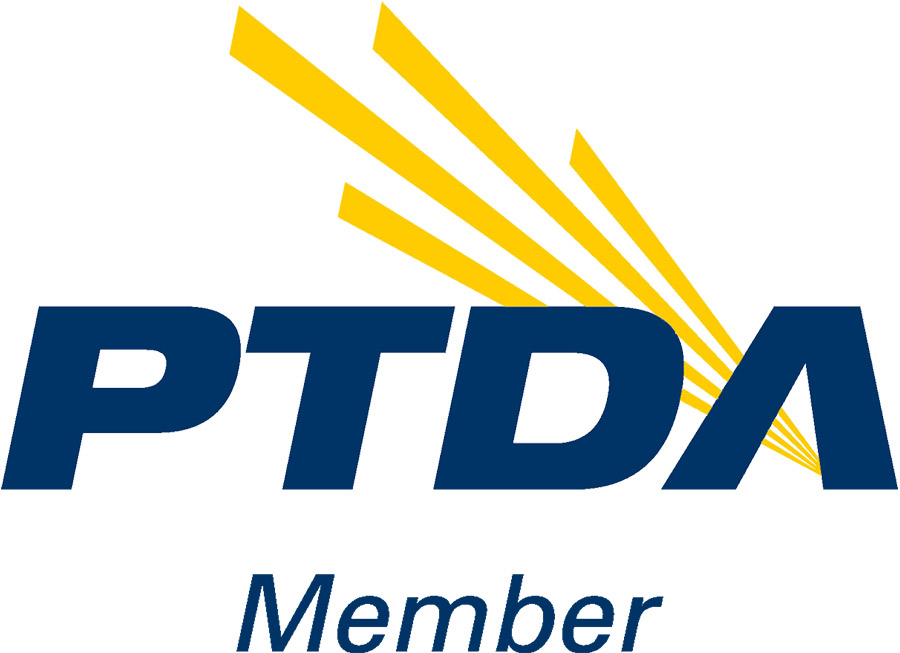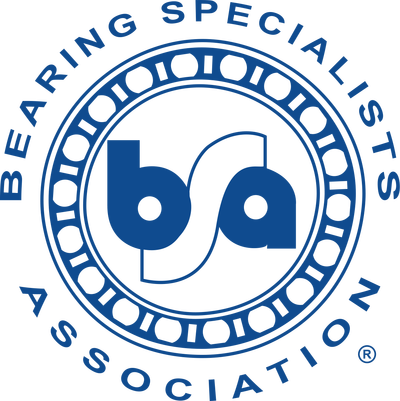WHITE PAPERS

How Precision Motion Components Enable Successful Robotic Surgery Outcomes
Robots are increasingly becoming a viable option for people requiring an operation, and in many cases are even preferred over a surgeon’s hand. Thanks to precision motion components, along with advanced software and vision systems, robotic surgery procedures are becoming more and more advanced. If you’re designing robotic arms, control consoles or end effectors, you must be certain that linear guides and crossed roller bearings (CRBs) will satisfy the stringent accuracy and motion requirements that these ever more sophisticated procedures demand.
To ensure your bearings deliver optimal performance, it’s essential to understand their importance to translation, control systems and end effectors within surgical robotics along with the characteristics to look for when specifying them.
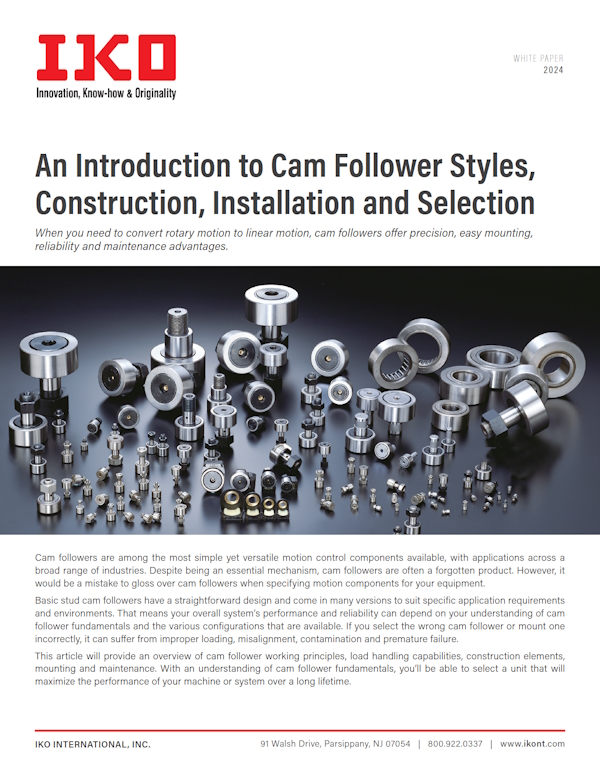
An Introduction to Cam Follower Styles, Construction, Installation and Selection
Cam followers are among the most simple yet versatile motion control components available, with applications across a
broad range of industries. Despite being an essential mechanism, cam followers are often a forgotten product. However, it
would be a mistake to gloss over cam followers when specifying motion components for your equipment.
Basic stud cam followers have a straightforward design and come in many versions to suit specific application requirements
and environments. That means your overall system’s performance and reliability can depend on your understanding of cam
follower fundamentals and the various configurations that are available. If you select the wrong cam follower or mount one
incorrectly, it can suffer from improper loading, misalignment, contamination and premature failure.
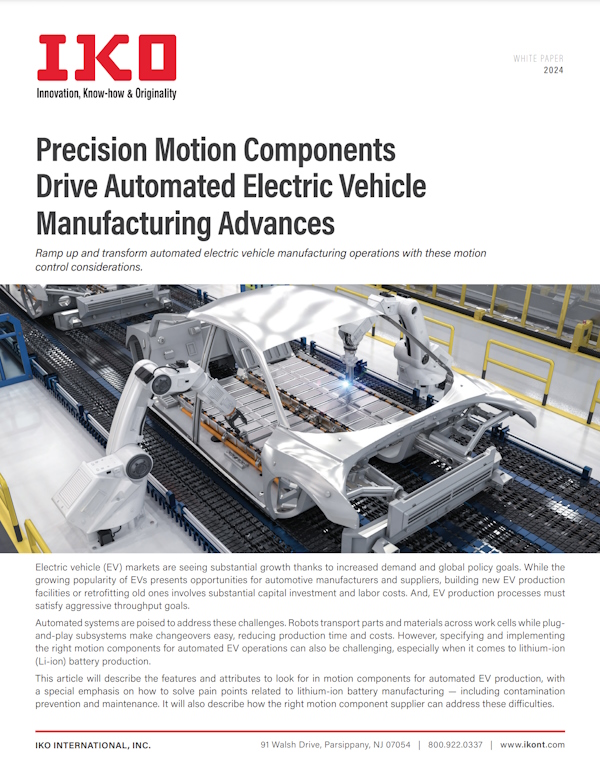
Precision Motion Components Drive Automated Electric Vehicle Manufacturing Advances
Electric vehicle (EV) markets are seeing substantial growth thanks to increased demand and global policy goals. While the growing popularity of EVs presents opportunities for automotive manufacturers and suppliers, building new EV production facilities or retrofitting old ones involves substantial capital investment and labor costs. And, EV production processes must satisfy aggressive throughput goals.
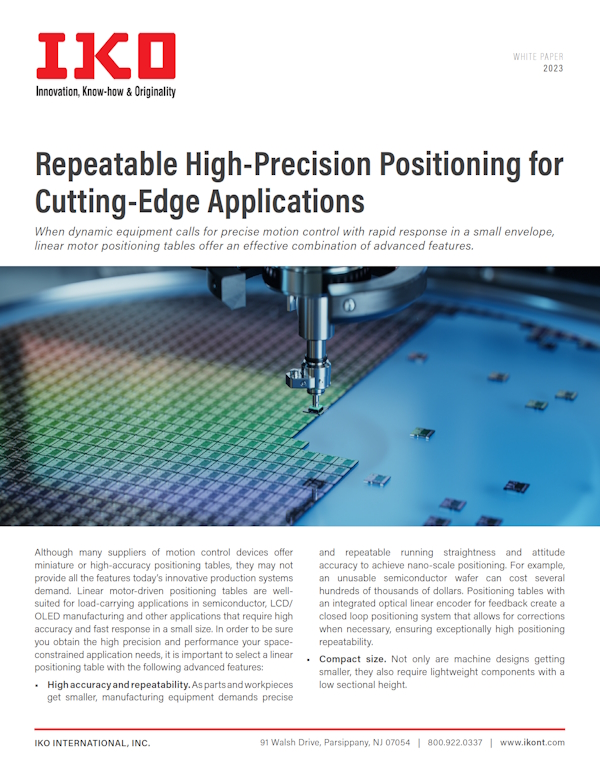
Repeatable High-Precision Positioning for Cutting-Edge Applications
Although many suppliers of motion control devices offer miniature or high-accuracy positioning tables, they may not provide all the features today’s innovative production systems demand. Linear motor-driven positioning tables are well-suited for load-carrying applications in semiconductor, LCD manufacturing and other applications that require high accuracy and fast response in a small size. Our latest white paper explains how to achieve high-precision linear positioning for your cutting-edge application.
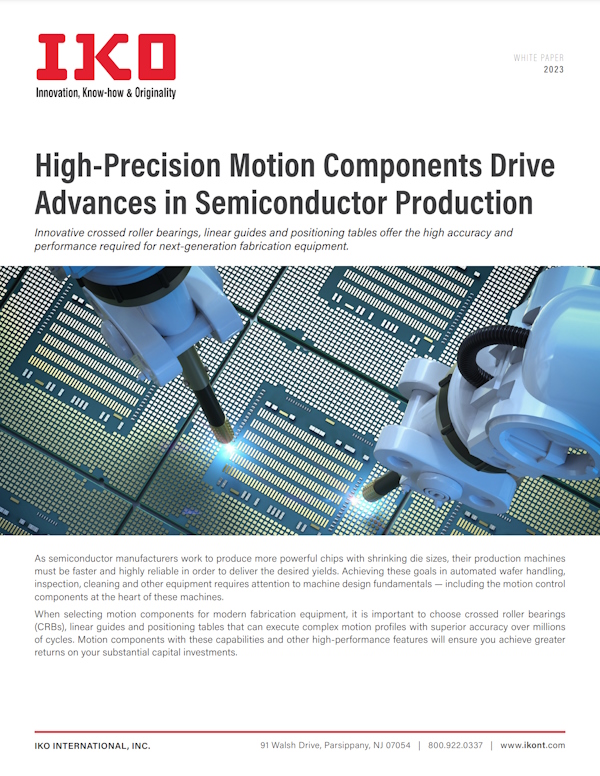
High-Precision Motion Components Drive Advances in Semiconductor Production
As semiconductor manufacturers work to produce more powerful chips with shrinking die sizes, their production machines must be faster and highly reliable in order to deliver the desired yields. Achieving these goals in automated wafer handling, inspection, cleaning and other equipment requires attention to machine design fundamentals — including the motion control components at the heart of these machines.
When selecting motion components for modern fabrication equipment, it is important to choose crossed roller bearings (CRBs), linear guides and positioning tables that can execute complex motion profiles with superior accuracy over millions of cycles. Motion components with these capabilities and other high-performance features will ensure you achieve greater returns on your substantial capital investments.
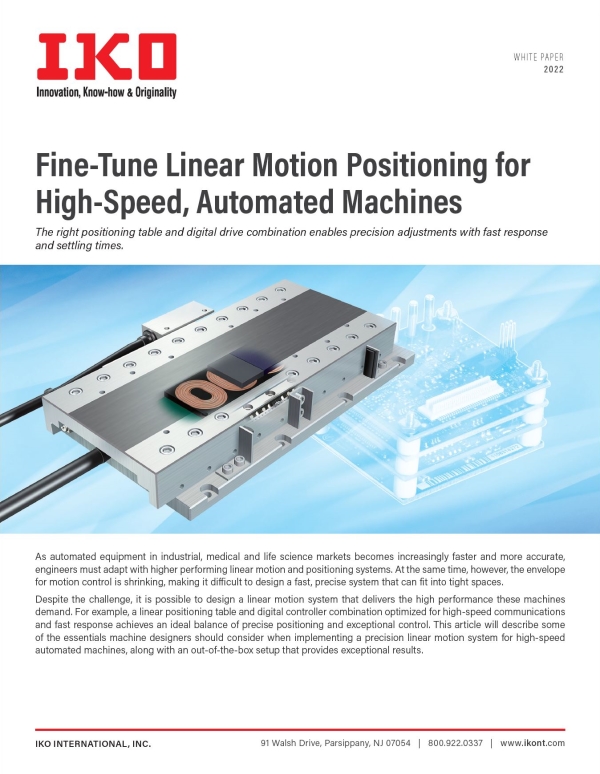
Fine-Tune Linear Motion Positioning for High-Speed, Automated Machines
As automated equipment in industrial, medical and life science markets becomes increasingly faster and more accurate, engineers must adapt with higher performing linear motion and positioning systems. At the same time, however, the envelope for motion control is shrinking, making it difficult to design a fast, precise system that can fit into tight spaces.
Despite the challenge, it is possible to design a linear motion system that delivers the high performance these machines demand. For example, a linear positioning table and digital controller combination optimized for high-speed communications and fast response achieves an ideal balance of precise positioning and exceptional control. This article will describe some of the essentials machine designers should consider when implementing a precision linear motion system for high-speed automated machines, along with an out-of-the-box setup that provides exceptional results.
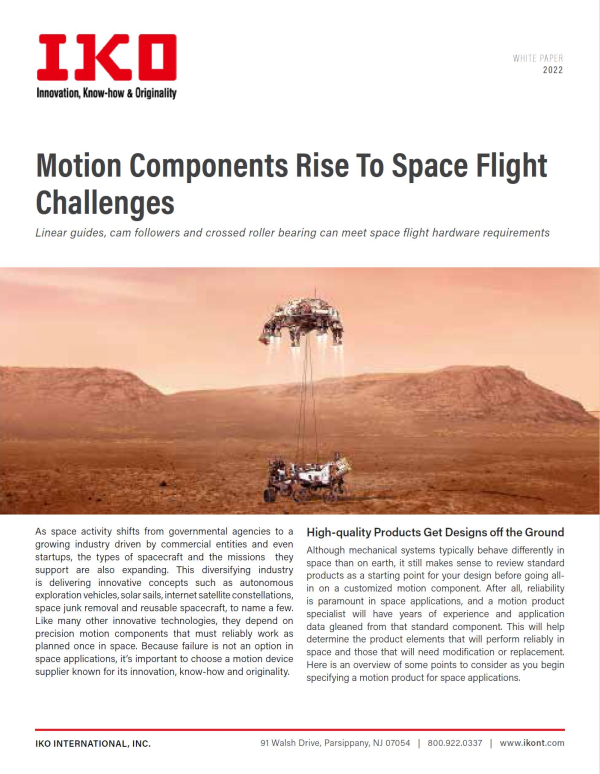
Motion Components Rise To Space Flight Challenges
As space activity shifts from governmental agencies to a growing industry driven by commercial entities and even startups, the types of spacecraft and the missions they support are also expanding. This diversifying industry is delivering innovative concepts that depend on precision motion components that must reliably work as planned once in space. Because failure is not an option in space applications, it's important to choose a motion device supplier known for its innovation, know-how and originality.
This article provides an overview of motion components for space applications, considerations for customizing them as well as things to look for in a supplier, using IKO products and capabilities as examples. With quality components and a partnership with the right vendor, your motion system can achieve consistent and reliable operation over the intended life of its space mission.
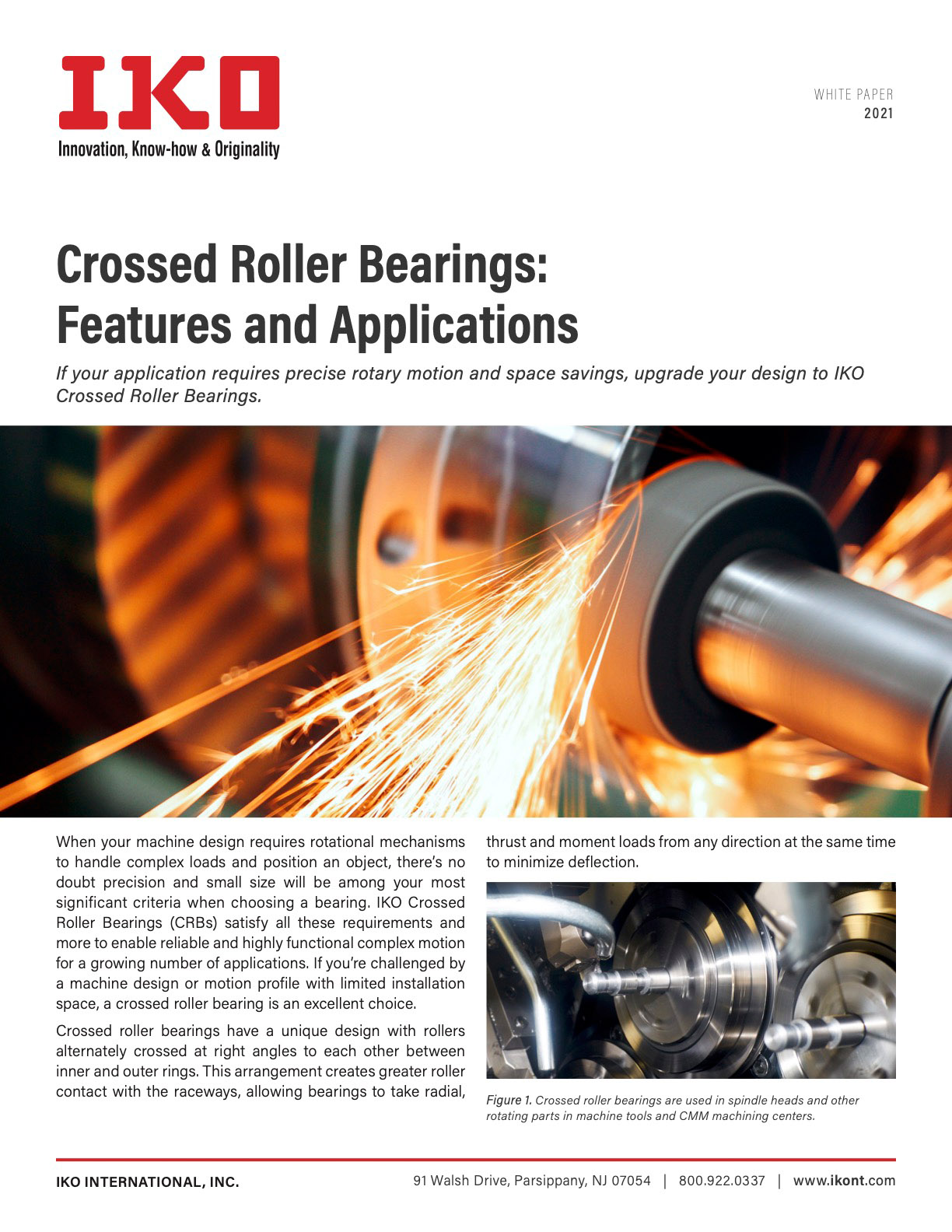
Crossed Roller Bearings: Features and Applications
When your machine design involves the creation of a rotating mechanism to handle complex loads and position an object, there’s no doubt precision and small size will be among your most significant criteria when choosing a bearing. IKO Crossed Roller Bearings (CRBs) satisfy all these requirements and more to enable reliable and highly functional complex motion for a growing number of applications. If you’re challenged by a machine design with complex loads or motion profiles and limited installation space, a crossed roller bearing may be the right choice.
Crossed roller bearings perform for all types of load conditions and excel under most operating speeds. This white paper provides an overview of some of the applications where you’ll find crossed roller bearings along with the different types of bearings available to meet your rotary motion requirements.
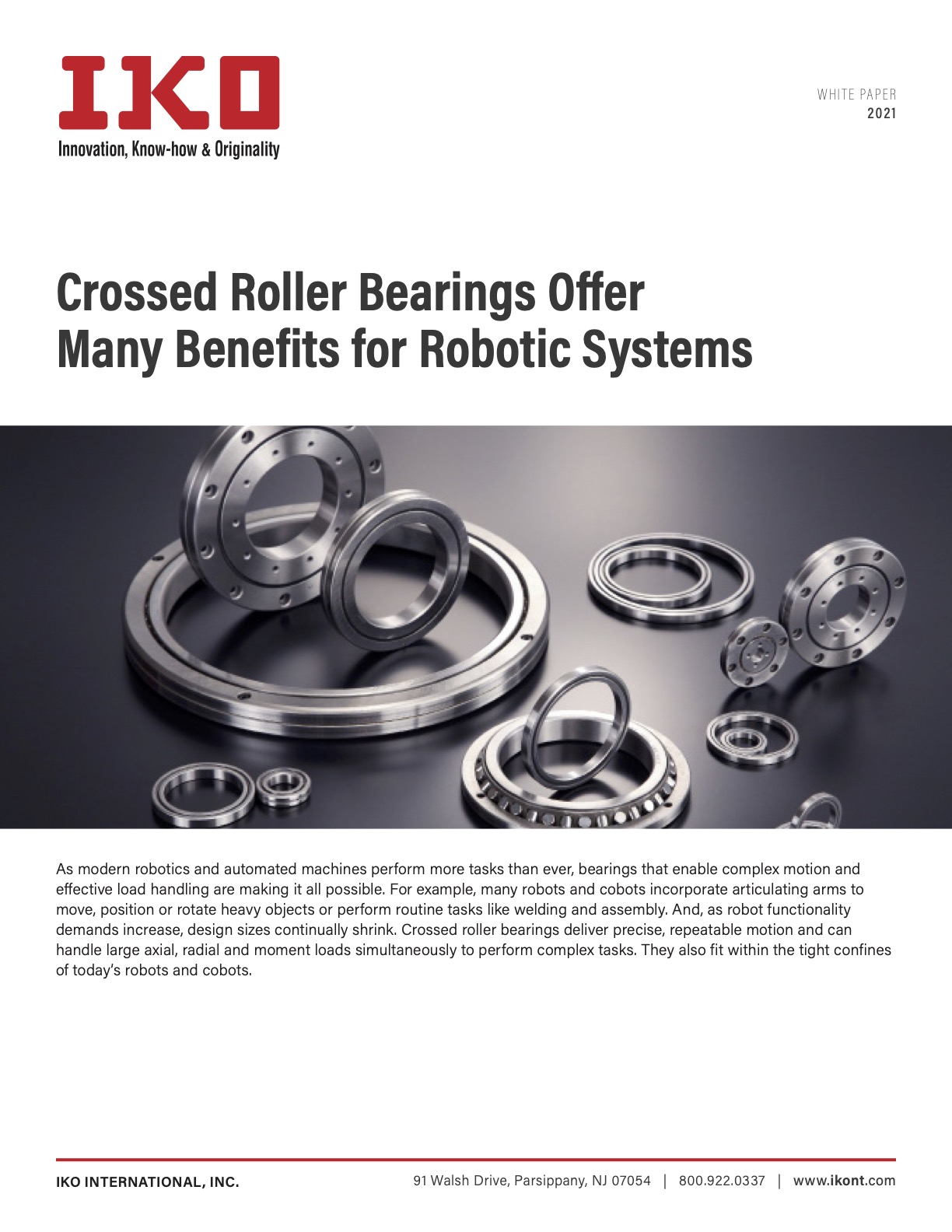
Crossed Roller Bearings Offer Many Benefits for Robotic Systems
As modern robotics and automated machines perform more tasks than ever, bearings that enable complex motion and effective load handling are making it all possible. For example, many robots and cobots incorporate articulating arms to move, position or rotate heavy objects or perform routine tasks even as design sizes shrink.
This white paper will describe how IKO crossed roller bearings enable precise, repeatable motion and can handle large axial, radial and moment loads simultaneously to perform complex tasks for a variety of robot types, even within tight spaces.
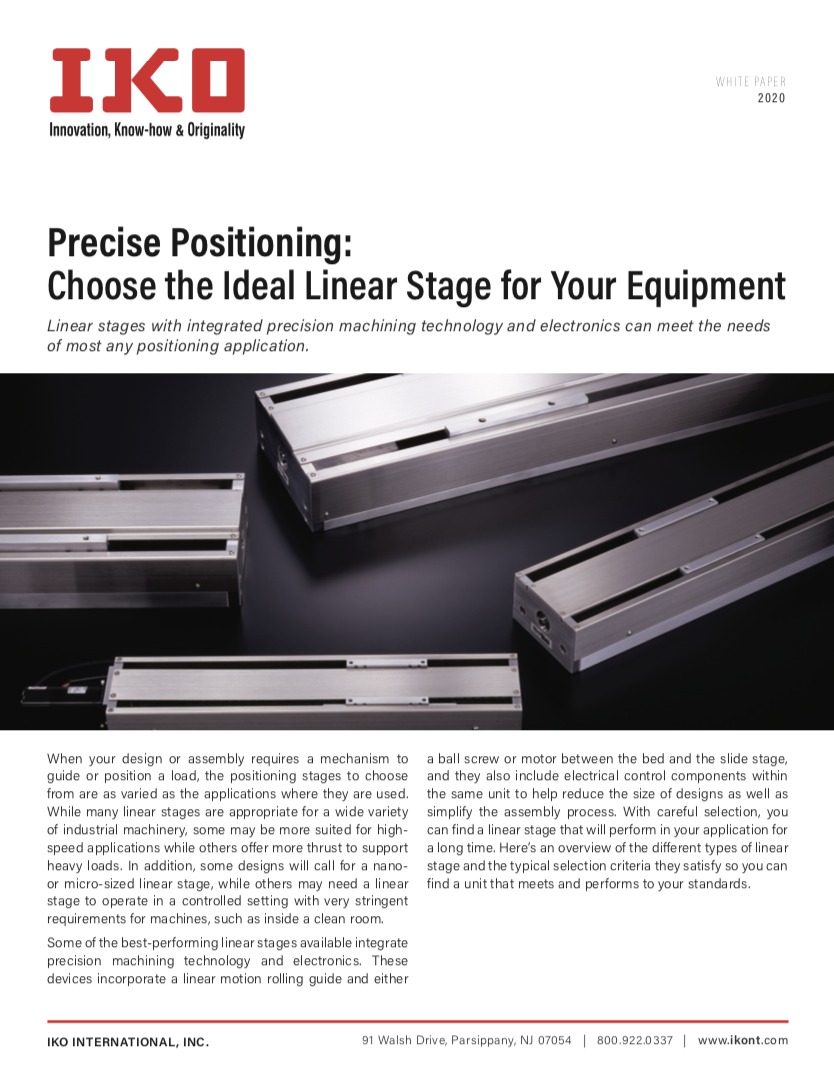
Precise Positioning: Choose the Ideal Linear Stage for Your Equipment
When your design or assembly requires a mechanism to guide or position a load, the positioning mechanism you choose must perform with accuracy and precision while offering the right attributes for your specific application. Linear stages are as varied as the applications for which they can find use. Options include many types of linear motor drive and ball screw drive stages plus various specialized mechanisms.
This white paper will provide an overview of the different linear stages IKO offers and the typical criteria they help satisfy. With careful selection, you can find a linear stage that will perform in your application for a long time.
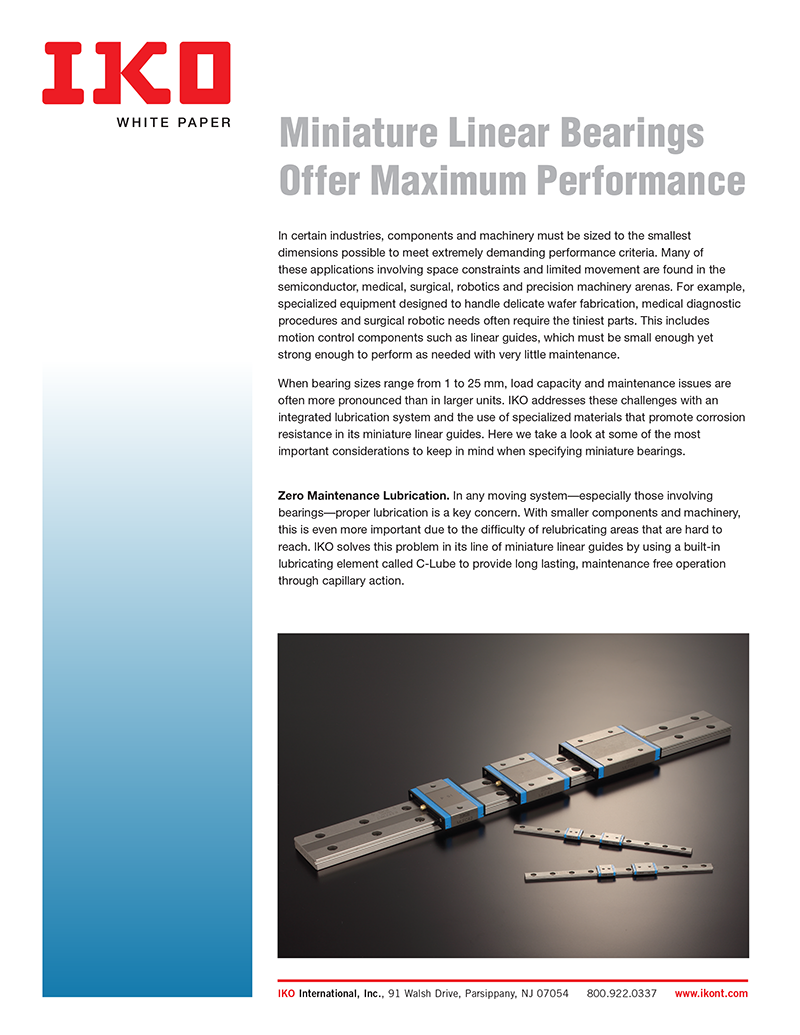
Miniature Linear Bearings Offer Maximum Performance
In the semiconductor, medical, surgical, robotics and precision machinery industries, components must sometimes be sized to the smallest dimensions possible to meet demanding performance criteria. When bearing sizes range from 1 to 25mm, load capacity and maintenance can become more of an issue than in larger units.
In a new white paper, IKO addresses some of the most important considerations you should keep in mind when specifying miniature bearings.
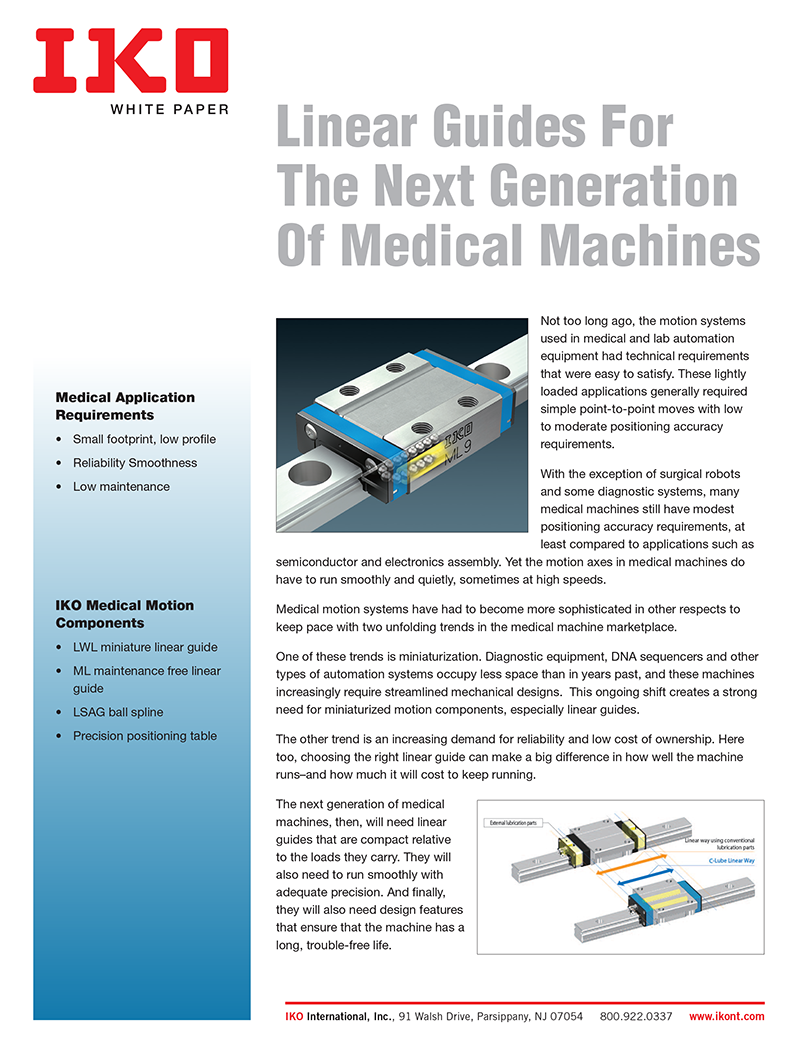
Linear Guides For The Next Generation Of Medical Machines
Not too long ago, the motion systems used in medical and lab automation equipment had technical requirements that were easy to satisfy. These lightly loaded applications generally required simple point-to-point moves with low to moderate positioning accuracy requirements.
With the exception of surgical robots and some diagnostic systems, many medical machines still have modest positioning accuracy requirements, at least compared to applications such as semiconductor and electronics assembly. Yet the motion axes in medical machines do have to run smoothly and quietly, sometimes at high speeds.
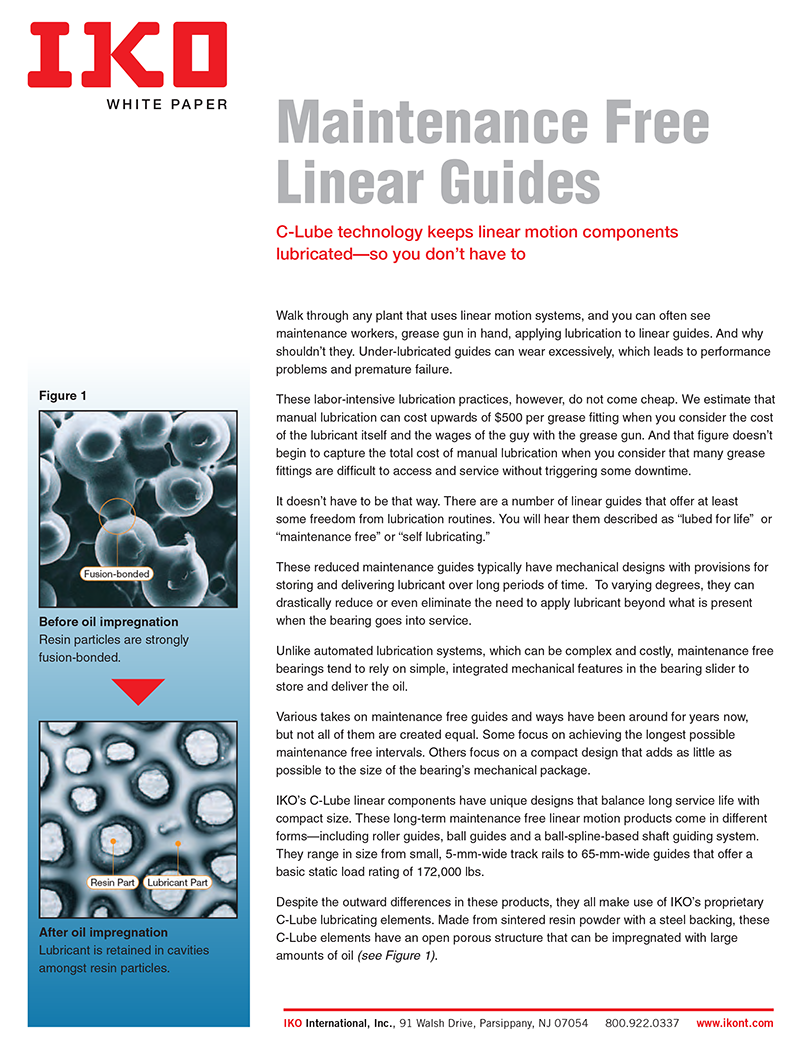
Maintenance Free Linear Guides (C-Lube)
Walk through any plant that uses linear motion systems, and you can often see maintenance workers, grease gun in hand, applying lubrication to linear guides. And why shouldn’t they. Under-lubricated guides can wear excessively, which leads to performance problems and premature failure.
These labor-intensive lubrication practices, however, do not come cheap. We estimate that manual lubrication can cost upwards of $500 per grease fitting, per year when you consider the cost of the lubricant itself and the wages of the guy with the grease gun. And that figure doesn’t begin to capture the total cost of manual lubrication when you consider that many grease fittings are difficult to access and service without triggering some downtime.
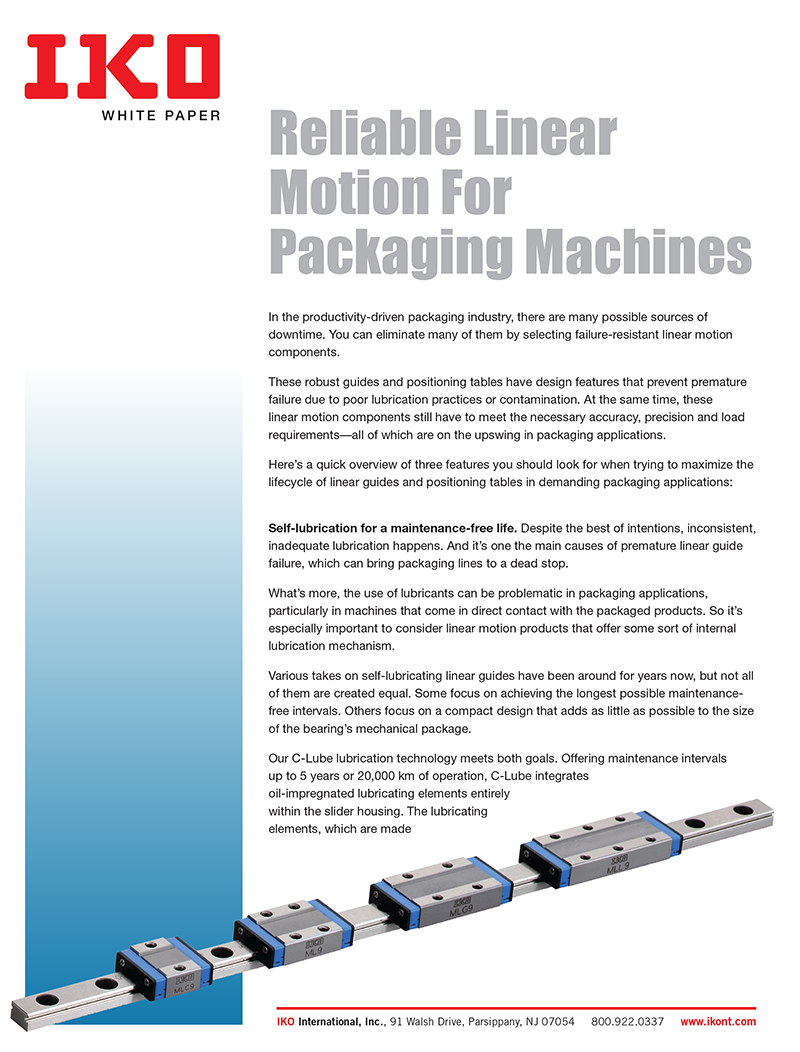
Reliable Linear Motion For Packaging Machines
In the productivity-driven packaging industry, there are many possible sources of downtime. You can eliminate many of them by selecting failure-resistant linear motion components.
These robust guides and positioning tables have design features that prevent premature failure due to poor lubrication practices or contamination. At the same time, these linear motion components still have to meet the necessary accuracy, precision and load requirements—all of which are on the upswing in packaging applications.
